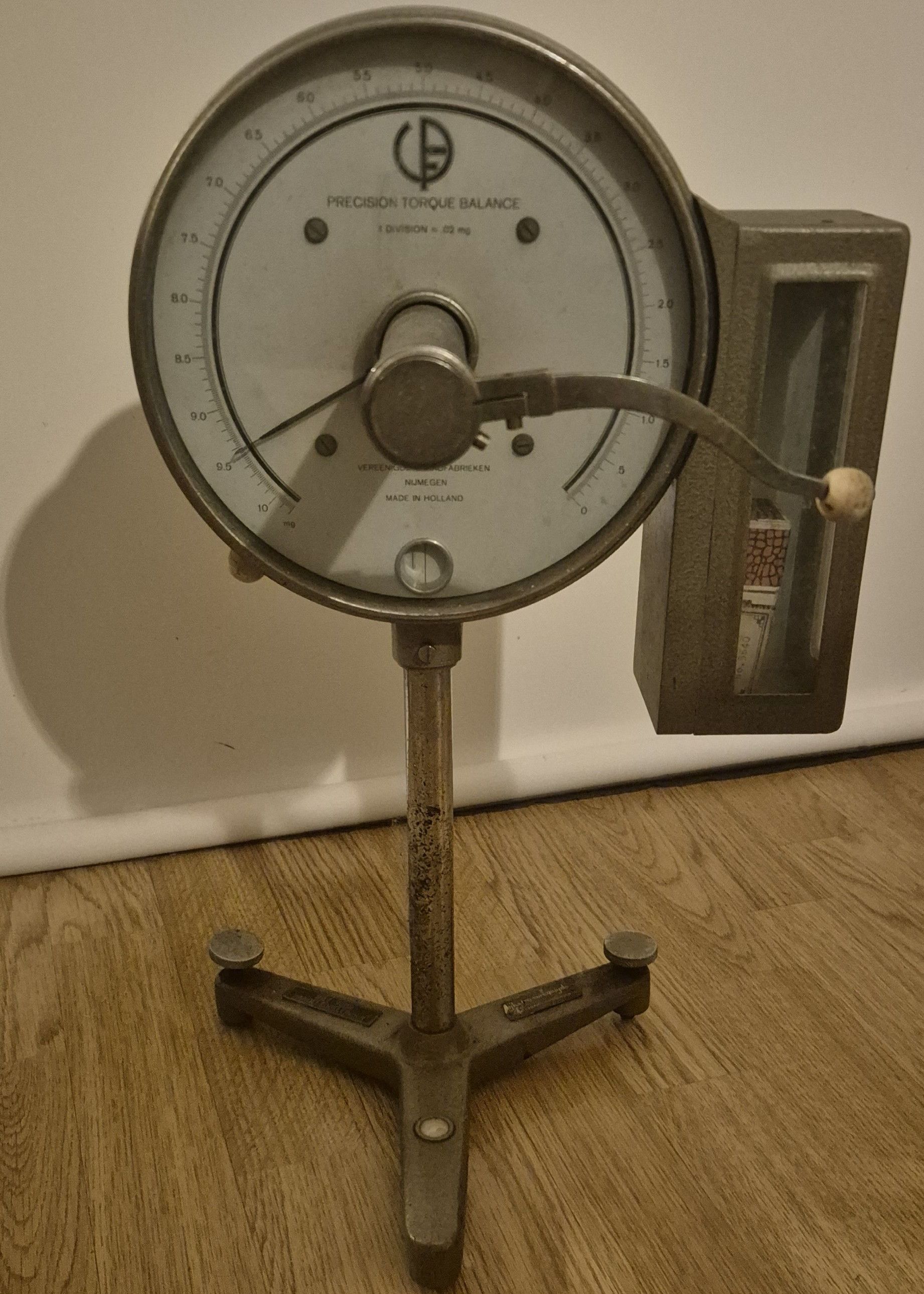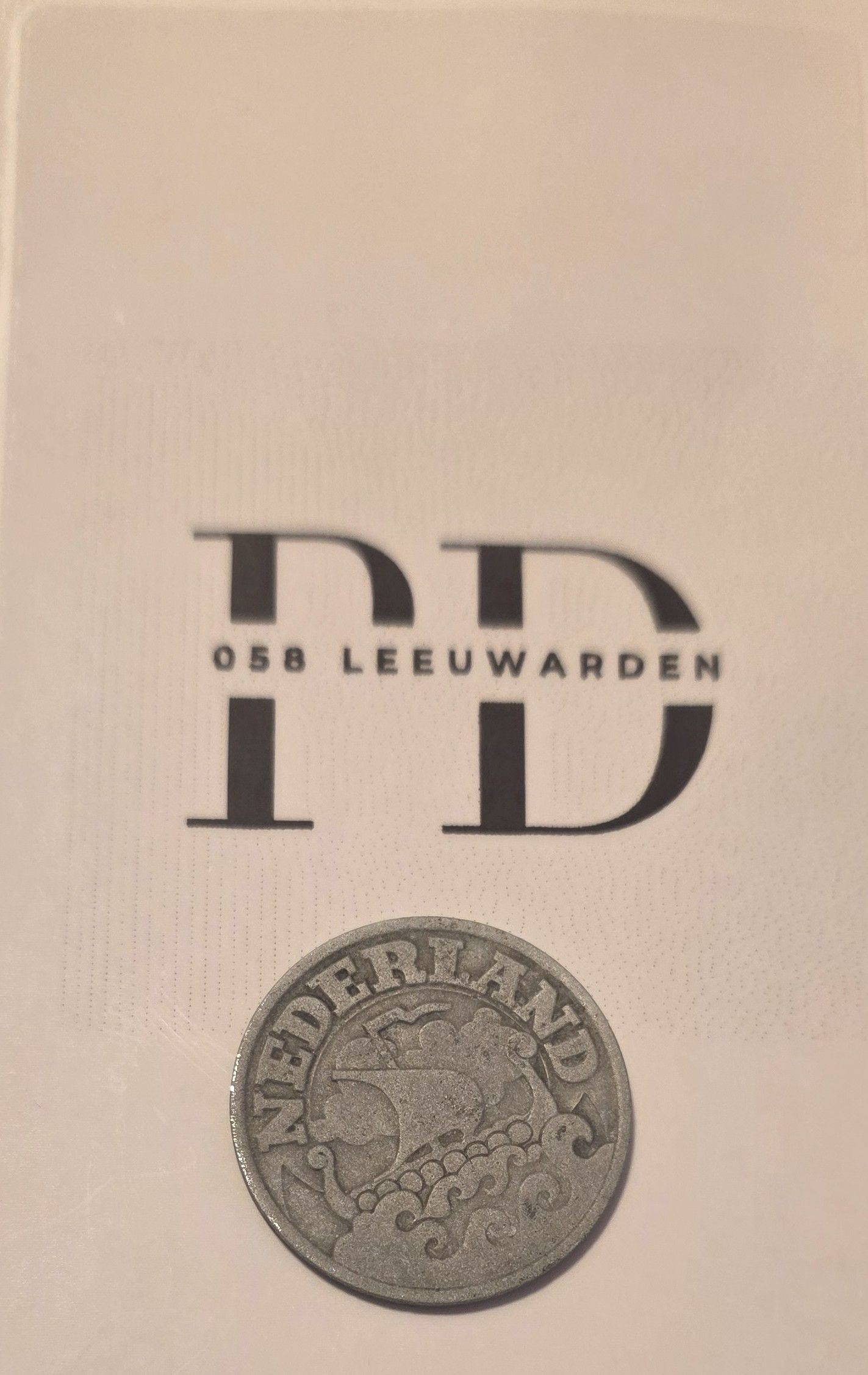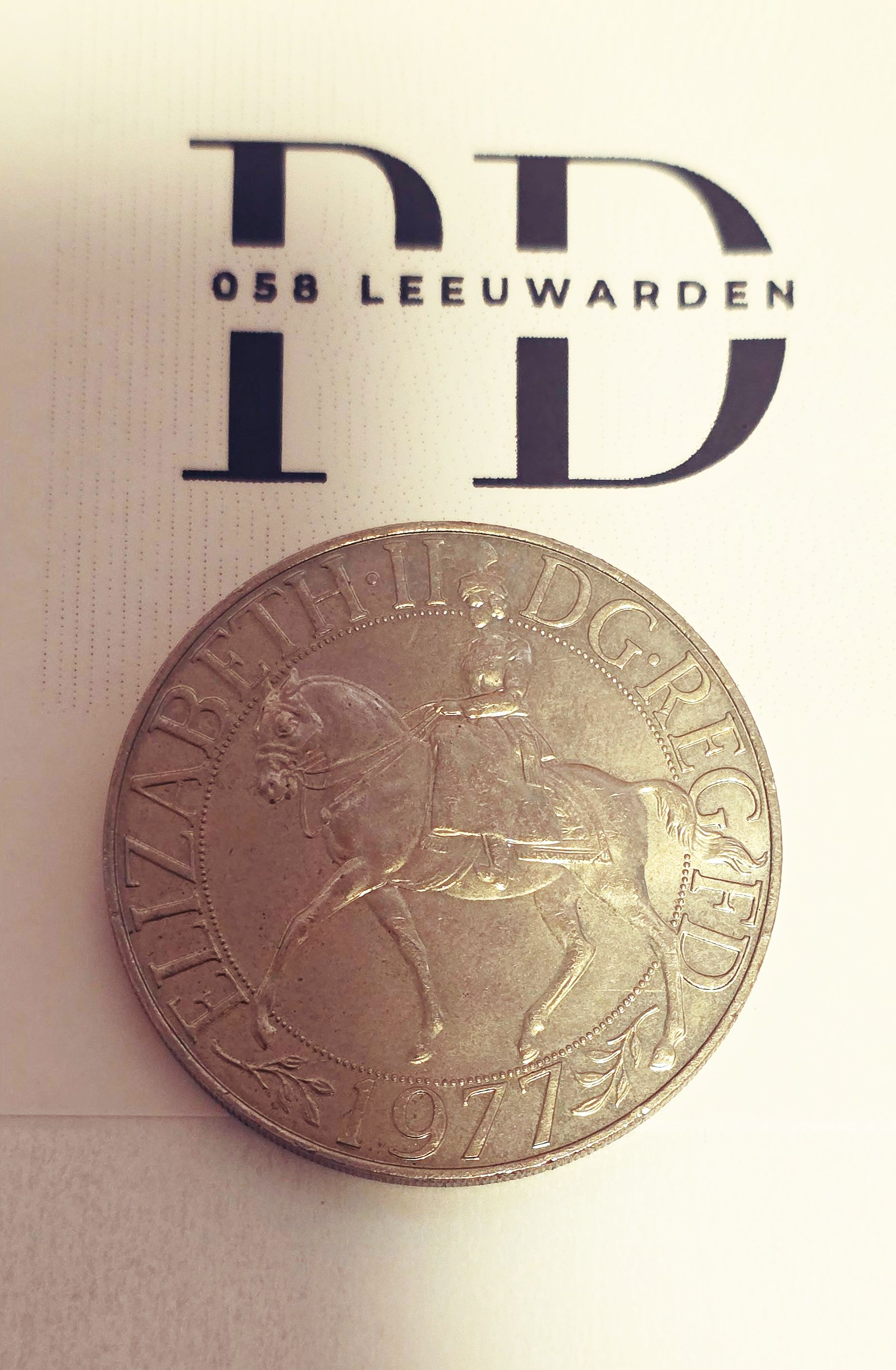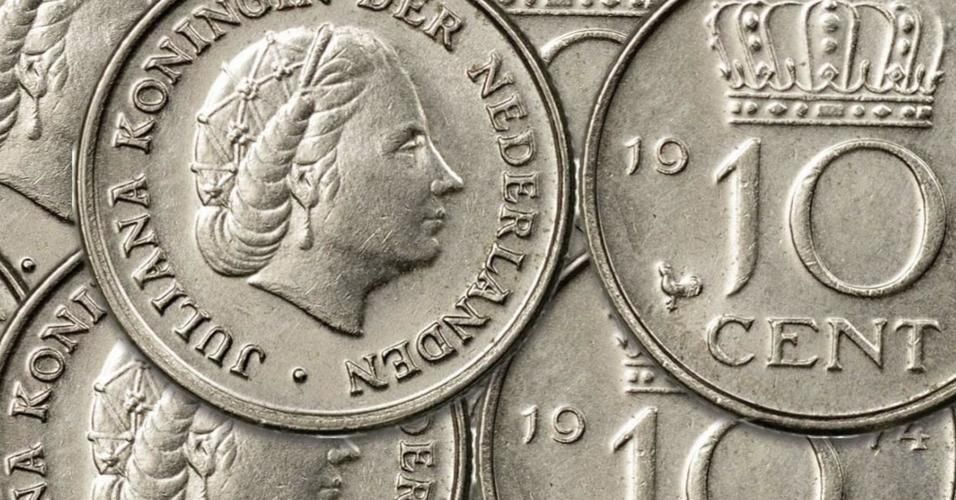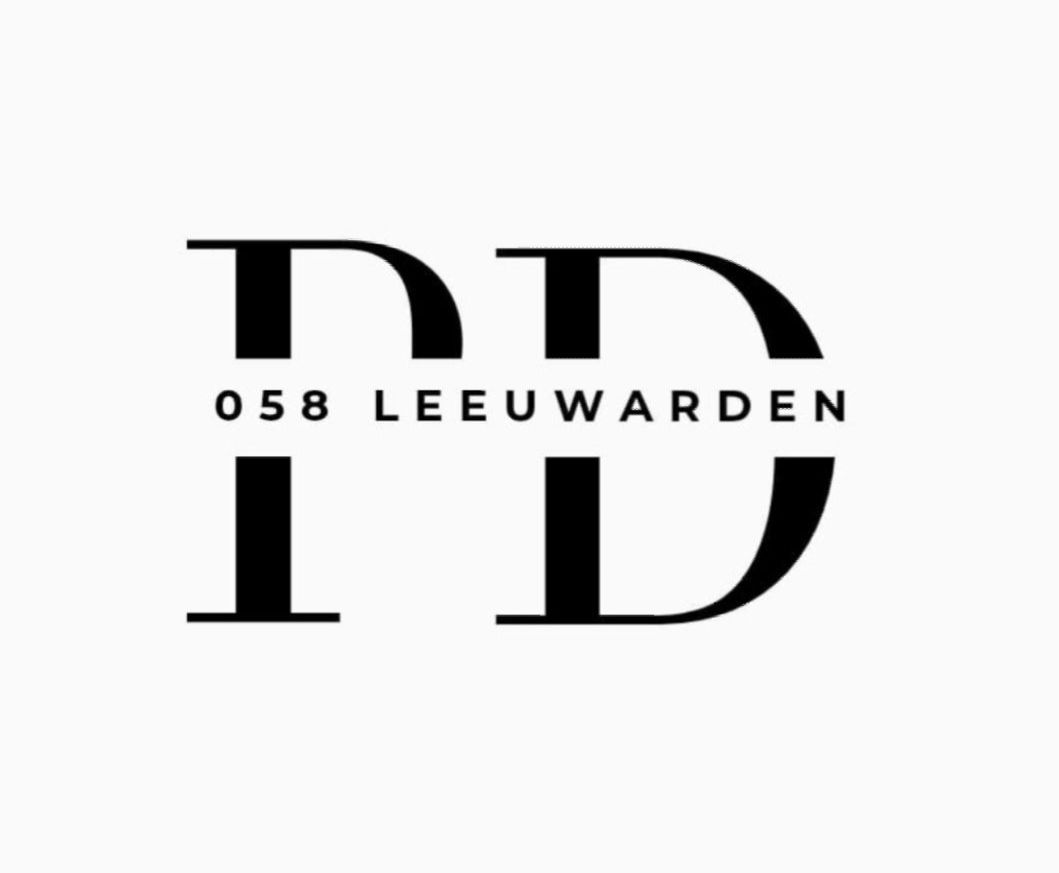245,00 €
200,00 €
The VDF began as a wire-drawing factory, with tungsten rods coming from the Glüfadenfabrik in Berlin. When it was later decided to also produce rods at the VDF, Milo Arndt moved to Nijmegen.
Arndt refined the manufacturing method for tungsten wire. His method, too, involved producing sintered material that was then hammered into a wire a few millimeters in diameter. The trick here was to utilize the elongated structure of the tungsten molecule to enhance the homogeneity of the final product.
The wire was then drawn through a narrow opening in steel and then through an even narrower opening in an industrial diamond until a thinner wire was created. This process was repeated until the wire had a diameter of tenths of a millimeter. The technique of drawing very thin wire was already being used in the production of gold embroidery thread. This knowledge proved useful in the development of the new manufacturing technique. The wire was spiraled, later even double-spiraled, and the new filament was born. The new filament was of much higher quality and could withstand heavier loads, resulting in higher light output with lower power consumption.

Many of the machines were built by VDF itself out of necessity, hence the relatively large metalworking shop. Here, they manufactured draw benches, annealing furnaces, wire cutting machines, spiralizing machines, and, much later, a fully automatic double-spiral machine for fluorescent lamps. These machines were also sold to third parties, for which a machine catalog was compiled.
Since producing drawn tungsten wire required highly specialized expertise, many lamp manufacturers discontinued their own production of sprayed wire in favor of purchasing drawn wire. This led to the first deliveries of wire to third parties. A very attractive price was both requested and obtained...
In recognition of his outstanding contribution to the company's knowledge expansion, Milo Arndt was appointed director of the VDF in 1926
Schwarzkopf and Kurz, who had co-founded Metallwerk Plansee (MP) in 1921, were not idle. In 1929, they founded the American Electrometal Corporation (AEC) in the US. That same year, Kurz withdrew completely from business. He sold his shares in AEC to MP and his shares in the other companies he co-founded, including VDF, to "Verein Haus Wettin," represented by Prince Ernst Heinrich zu Sachsen. Verein Haus Wettin was the investment company of the Royal House of Saxony, which wanted to gain a foothold in the business world.




